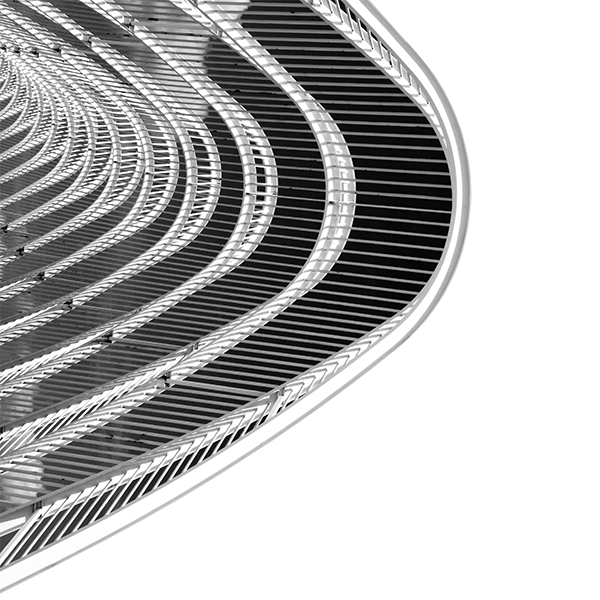Composite Bonding
One of the biggest challenges for lightning protection on composite aircraft is controlling the bonding and fastener impedance between the composite and metal components. Adequate contact with the composite must be made in order to achieve low impedance; this is not trivial with a composite such as carbon fiber. EMA® has expertise modeling and measuring these type of connections and has aided numerous customers in optimizing bond design. This post will look at the joule heating on the fasteners at an example metal-carbon fiber interface to illustrate the importance of controlling this type of connection.
For our example we will consider a rocket with a metal nose cone and a composite body. The metal and composite materials are connected via fasteners in a similar manner to the picture shown above. We will assume that the rocket is struck with a 200 kA Component A waveform, and that the entire waveform must flow through the fasteners. The rocket has a radius of 1 m.
Component A is fast with a rise time of ~6µs so the following equation for IR heating, or joule heating, will accurately reflect the temperature rise as a results of this component:
Where AI is the action integral, R is the resistance, K is the specific heat and M is the mass.
The figure below shows how the spacing of the fasteners at the composite-metal joint could affect the IR heating of the fasteners. The material of the fasteners also plays a role in the heating. A 1 Ω fastener resistance was assumed.
The fastener resistance between the composite and metal can drastically affect the temperature rise from joule heating as illustrated in the graph below.
EMA3D® simulation is able to accurately predict current through a composite-metal bond. This information, along with that of the bond and fastener design can be used in order to optimize a design to prevent IR heating. Judicious design of composite-metal intersections can help prevent problems later in the design cycle.
The joule heating depicted in these plots does not address diffusion or heat transfer which a longer waveform such as Component C would have. Please contact us or re-visit our website for future posts in which we address that topic.






